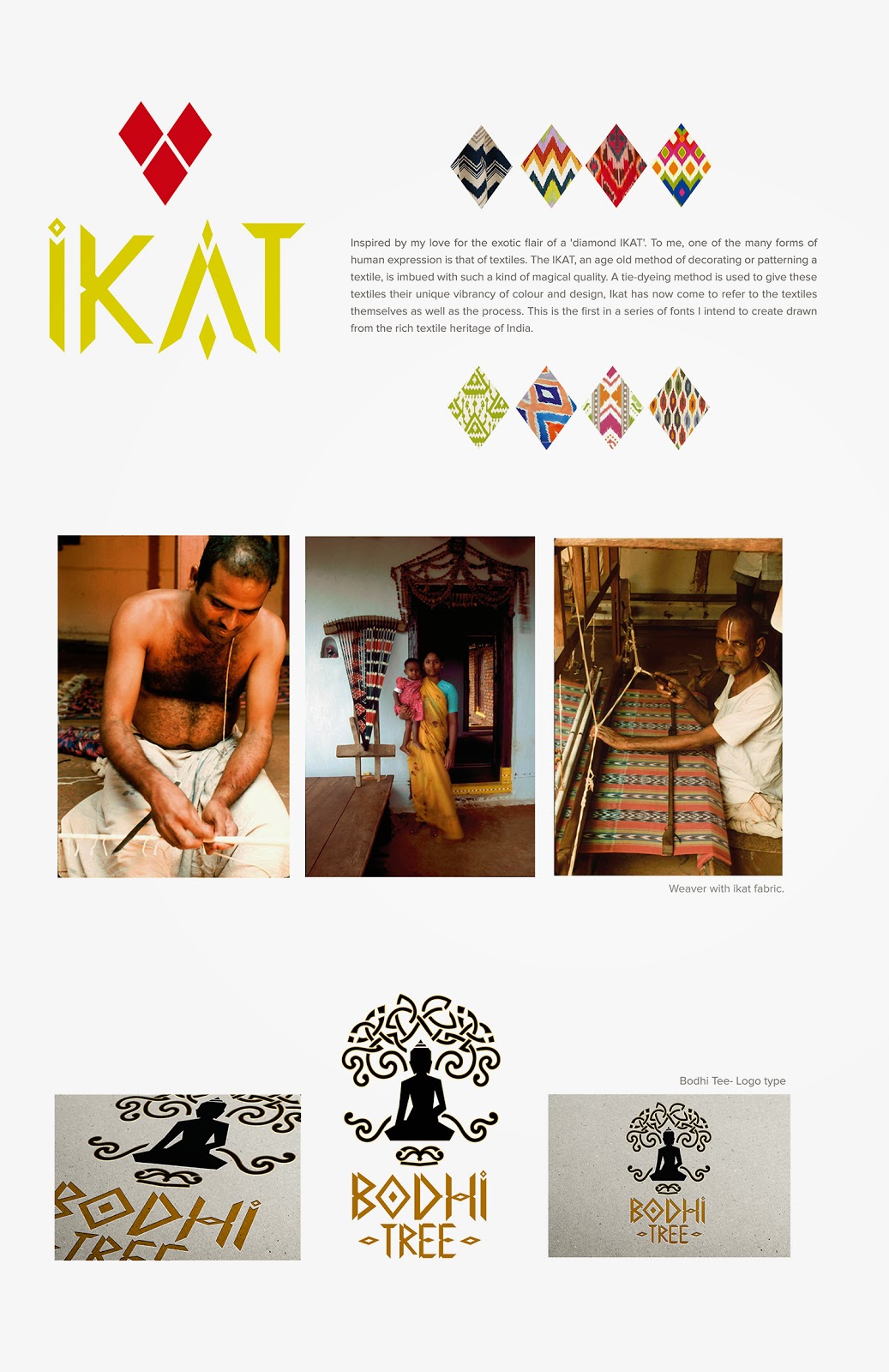On a recent visit to the V&A, I came across a very interesting section of posters. It was called 'Posters of Protest' - a collection of posters from the last 100 years. I am still trying to articulate how and why, they still have that powerful magnetic effect that draws you towards them, mildly hypnotic?
What was it about the design, that makes every poster still look fresh? The fonts? The colours? The cut- colour, the silhouettes? black-white- red? Or the hand?
So strange, that posters and art from all over the world, had these many things in common. So what was the formula?
It is easier for people to stand for what they are against, than what they support. No. Stop. Resist.
I read in an article, that the use of silhouettes was deeper than just cool 'graphic design'. It was a technique used to condense a group of people into one unified body.
Iconography: The fist. The arresting hand. To me, this was it. All summed up, the clenched fist shouted power, shouted resistance, shouted unity.
What happened to this kind of art? Why don't we see these anyone? Why am I not designing anything like this? No burning issues for protest today? Or is this the new mantra?
let's keep calm and shut the fuck up.
Fists to Fingers
I was reading this book '100 ideas that changed graphic design' by Steven Heller, and the pointing finger' idea is No 6.
'When a finger pointed directly at a word or a sentence it was a benign command to read whatever was pointed out.'
The pointing finger acquired more gravitas when in 1914, at the outset of WW1, British designer Alfred Leete created the famous recruitment poster featuring a picture of the secretary of state of War, pointing directly of of the poster to the viewer above the words 'wants you'. this was the first of many wartime and post war recruitment posters.
Designed to unite or designed to divide, to bring together or break. I absolutely love the power of design.












.jpg)

















